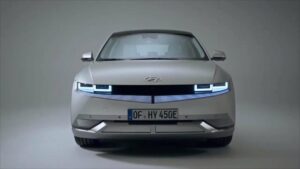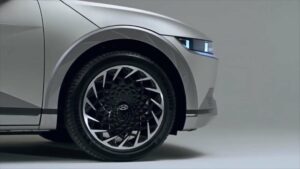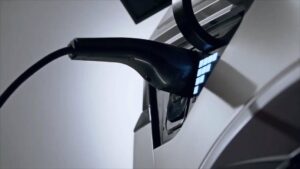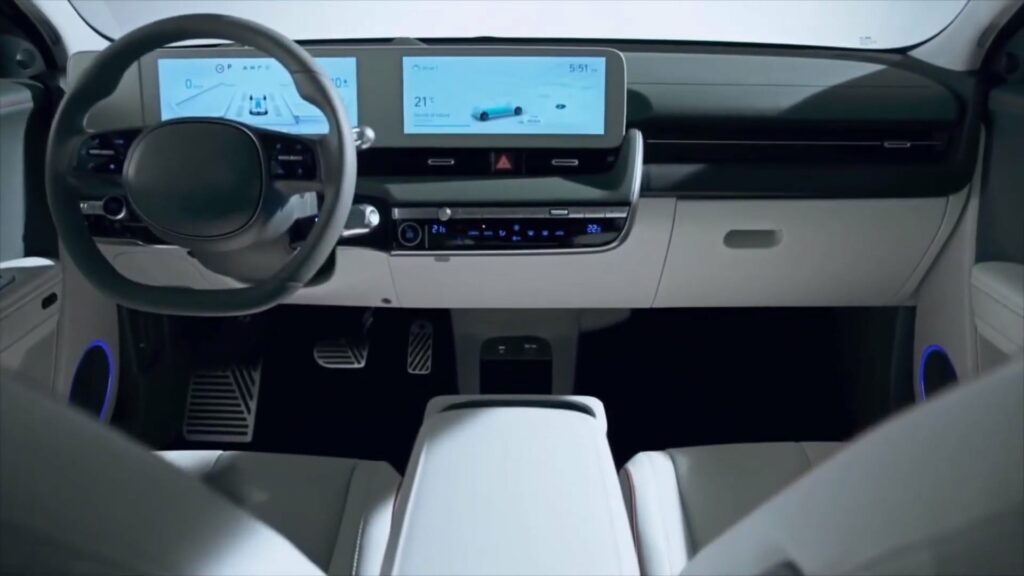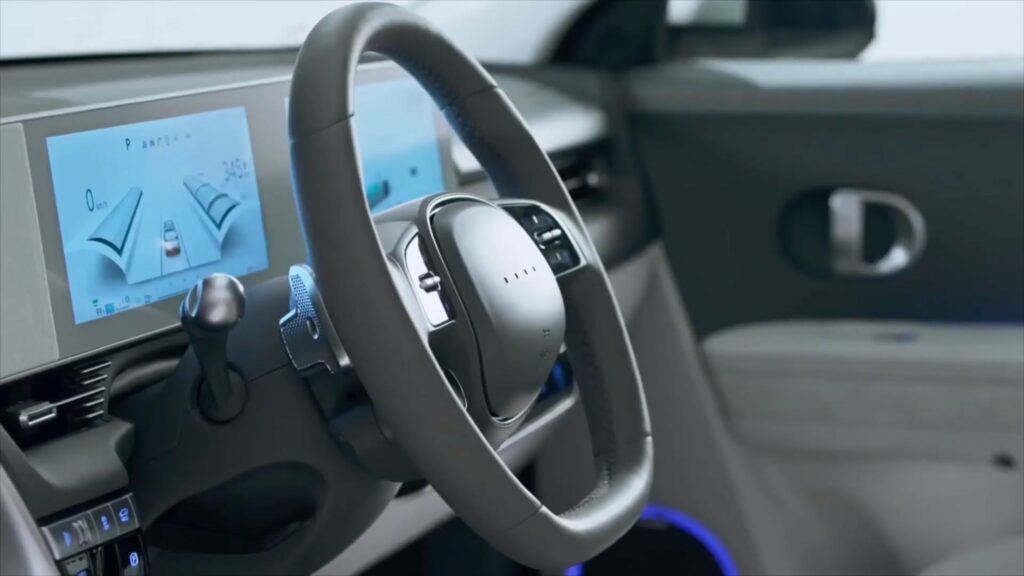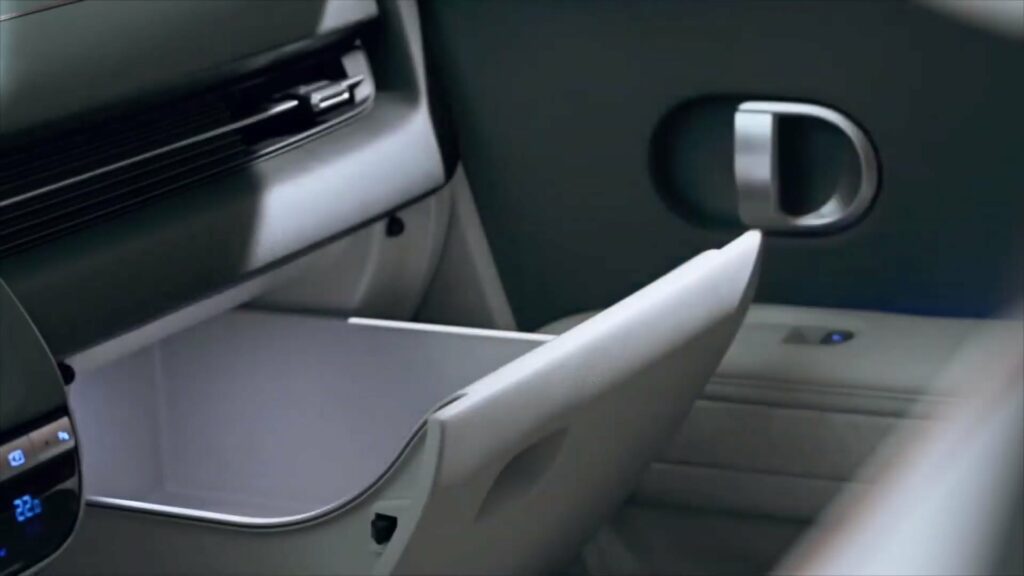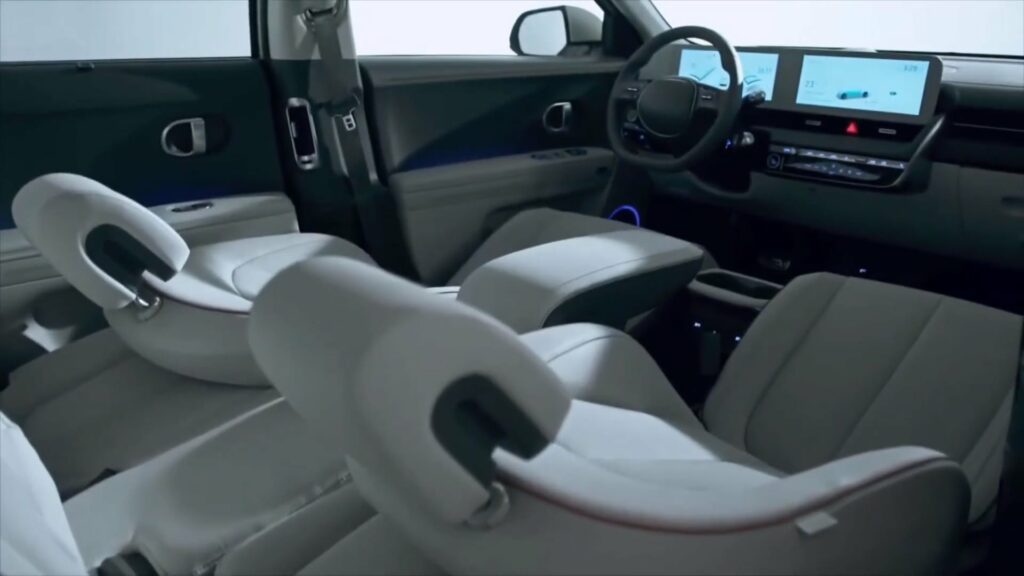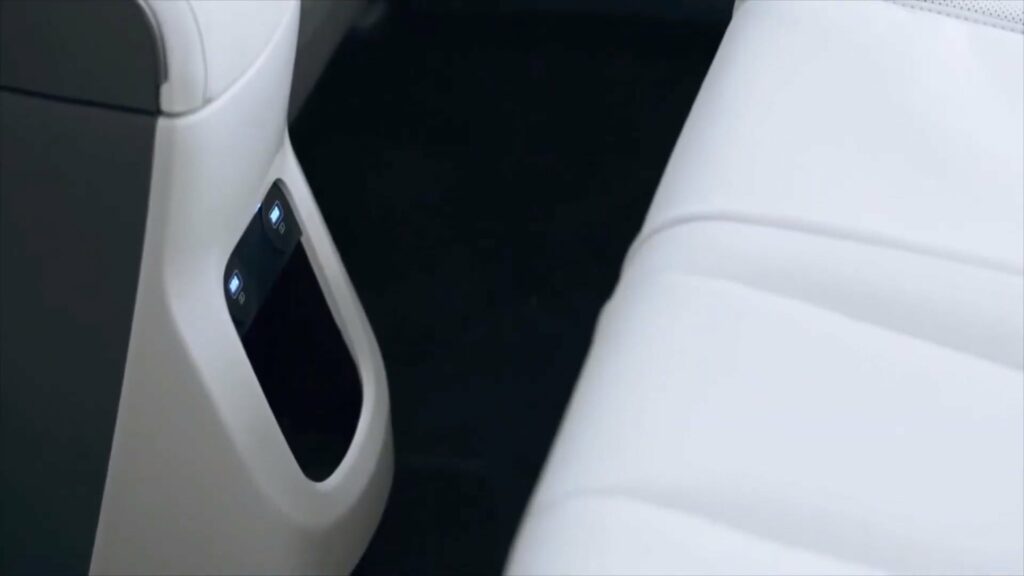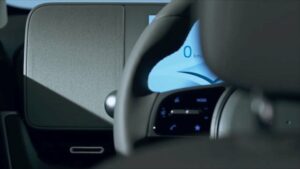Hyundai IONIQ 5 Project 45
The Hyundai IONIQ 5 Project 45 is a special version of the Hyundai IONIQ 5 electric car. It was introduced in 2021 to celebrate the 45th anniversary of Hyundai’s first concept car, the Hyundai Pony. The Project 45 is a limited edition model, with only 3,000 units worldwide.

The IONIQ 5 Project 45 has a unique exterior design that pays homage to the Hyundai Pony, with a two-tone color scheme of matte gray and glossy black. It also features uniquely designed 20-inch alloy wheels and a special Project 45 badge.
Inside, the Project 45 has a premium leather interior with a unique blue color scheme. It also features a number of advanced technologies, including a 12.3-inch digital instrument cluster, a 12.3-inch infotainment screen, and an augmented reality head-up display.

Under the hood of the Project, 45 is a 77.4 kWh battery pack, providing a range of up to 370 km on a single charge. It also has a fast charging capability, which can charge the battery up to 80 percent in just 18 minutes.
Overall, the Hyundai IONIQ 5 Project 45 is a special edition electric car that combines advanced technology, unique design, and a nod to Hyundai’s automotive history.
| Performance | |
| Acceleration 0 – 100 km/h | 5.2 sec |
| Top Speed | 185 km/h |
| Electric Range | 370 km |
| Total Power | 225 kW (306 PS) |
| Total Torque | 605 Nm |
| Drive | AWD |
| Battery and Charging | |
| Battery Capacity * | 77.4 kWh |
| Battery Useable* | 72.6 kWh |
| Europe | |
| Charge Port | Type 2 |
| Port Location | Right Side – Rear |
| Charge Power | 11 kW AC |
| Charge Time (0->370 km) | 7h45m |
| Charge Speed | 48 km/h |
| Fastcharge Port | CCS |
| FC Port Location | Right Side – Rear |
| Fastcharge Power (max) | 232 kW DC |
| Fastcharge Time (37->296 km) | 18 min |
| Fastcharge Speed | 860 km/h |
| Energy Consumption | |
| EVDB Real Range | |
| Range * | 370 km |
| Vehicle Consumption * | 196 Wh/km |
| CO2 Emissions | 0 g/km |
| Vehicle Fuel Equivalent * | 2.2 l/100km |
| WLTP Ratings | |
| Range * | 430 km |
| Rated Consumption * | 190 Wh/km |
| Vehicle Consumption * | 169 Wh/km |
| CO2 Emissions | 0 g/km |
| Rated Fuel Equivalent * | 2.1 l/100km |
| Vehicle Fuel Equivalent * | 1.9 l/100km |
|
Rated = official figures as published by manufacturer. Rated consumption and fuel equivalency figures include charging losses.
|
|
|
Vehicle = calculated battery energy consumption used by the vehicle for propulsion and on-board systems.
|
|
| Real Energy Consumption Estimation | |
| between 134 – 274 Wh/km | |
| City – Cold Weather * | 196 Wh/km |
| Highway – Cold Weather * | 274 Wh/km |
| Combined – Cold Weather * | 230 Wh/km |
| City – Mild Weather * | 134 Wh/km |
| Highway – Mild Weather * | 217 Wh/km |
| Combined – Mild Weather * | 173 Wh/km |
|
Energy use for each trip will vary considerably depending on the driver and the conditions. Therefore, we have provided a range of estimates which can be useful in developing an understanding of the potential benefits of this technology. |
|
| Dimensions and Weight | |
| Length | 4635 mm |
| Width | 1890 mm |
| Width with mirrors | 2152 mm |
| Height | 1605 mm |
| Wheelbase | 3000 mm |
| Weight Unladen (EU) | 2095 kg |
| Gross Vehicle Weight (GVWR) | 2540 kg |
| Max. Payload | 520 kg |
| Cargo Volume | 531 L |
| Cargo Volume Max | 1591 L |
| Cargo Volume Frunk | 24 L |
| Roof Load | 80 kg |
| Tow Hitch Possible | Yes |
| Towing Weight Unbraked | 750 kg |
| Towing Weight Braked | 1600 kg |
| Vertical Load Max | 100 kg |
| Miscellaneous | |
| Seats | 5 people |
| Isofix | Yes, 2 seats |
| Turning Circle | 12 m |
| Platform | HMG E-GMP |
| Car Body | SUV |
| Segment | JC – Medium |
| Roof Rails | No |
| EV Dedicated Platform | Yes |
Home and Destination Charging (0 -> 100%)
A public charging station is required to use the highest possible charging rate. The EVSE/charging station’s charging capacity affects how long it takes to fully charge the battery. The table below shows all possible options for fully charging the Hyundai IONIQ 5 Project 45.
In Europe, plugging an electric car into an outlet is often as easy as plugging it into a household outlet, but there are differences from country to country. The table below shows the different ways to charge the Hyundai IONIQ 5 Project 45, but in some countries some chargers may not be available.
Type 2 ( IEC 62196)

| Charging Point | Max. Power | Power | Time | Rate |
| Wall Plug (2.3 kW) | 230V / 1x10A | 2.3 kW | 37h15m | 10 km/h |
| 1-phase 16A (3.7 kW) | 230V / 1x16A | 3.7 kW | 23h15m | 16 km/h |
| 1-phase 32A (7.4 kW) | 230V / 1x32A | 7.4 kW | 11h45m | 31 km/h |
| 3-phase 16A (11 kW) | 400V / 3x16A | 11 kW | 7h45m | 48 km/h |
| 3-phase 32A (22 kW) | 400V / 3x16A | 11 kW | 7h45m | 48 km/h |
Fast Charging (10 -> 80%)
If you want to enjoy driving an electric car, one of the most important features to consider is the number of miles per hour the car can travel while charged. This is called the “range” of the car. All electric cars have a certain range, even if they are 100% charged. This is because they do not have an internal combustion engine to lean on if you need to drive a long distance.
Max. Power: The maximum power provided by the charging point
Avg. Power: The average power provided by the charging point during a session of 10% to 80%.
Time: the time it takes to charge from 10% to 80%
Speed: the average charging rate during the session of 10% to 80%
Combined Charging System (CCS Combo 2)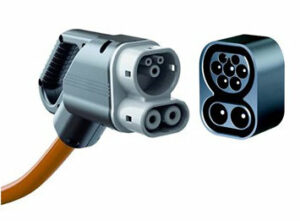
| Charging Point | Max. Power | Avg. Power | Time | Rate |
| CCS (50 kW DC) | 50 kW | 50 kW | 64 min | 240 km/h |
| CCS (100 kW DC) | 100 kW | 90 kW | 36 min | 430 km/h |
| CCS (150 kW DC) | 150 kW | 125 kW | 26 min | 590 km/h |
| CCS (175 kW DC) | 175 kW | 140 kW | 23 min | 670 km/h |
| CCS (350 kW DC) | 232 kW | 175 kW | 18 min | 860 km/h |
| Brand | Hyundai |
| Model | ONIQ 5 Project 45 |
| Body Style | SUV |
| Car Engine | electric |
| Motor power | 225 |
| Maximum Torque, Nm | 605 |
| Battery Energy, kWh | 77.4 |
| Power reserve (NEDC/EPA/WLTP), km | - / - / 370 |
| Level Charging (230/400/DC), hours | - / 7.45 / 0.36 |
| Electrical Acceleration, 0-100 km/h (0-62.1 mph) in sec | 5.2 |
| Top Speed, km/h | 185 |













